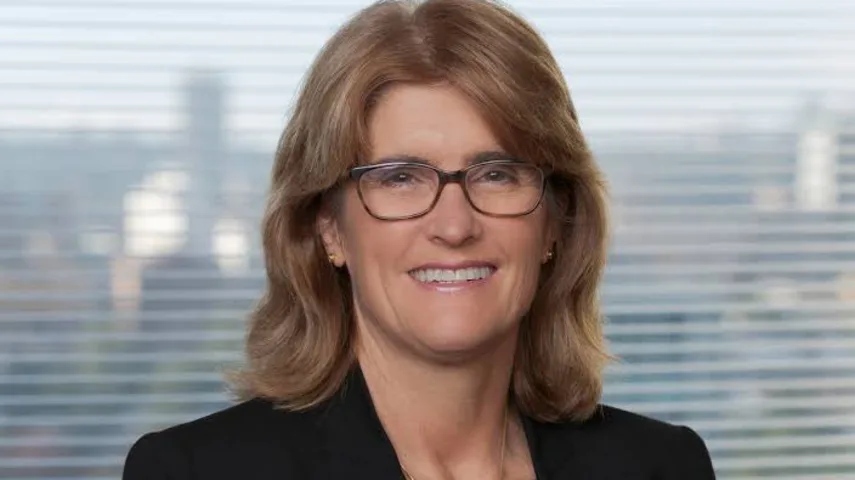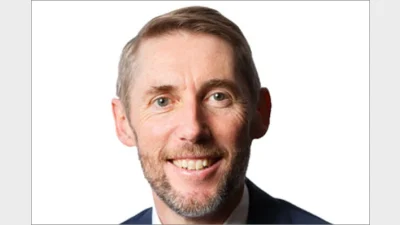RBA's hawkish cut dents market confidence



The RBA governor said Tuesday’s decision effectively reverses the cautionary rate hike from November 2023.
While the Reserve Bank delivered its first rate cut in over four years on Tuesday, governor Michele Bullock struck a largely hawkish tone in her post-meeting press conference, emphasising that the fight against inflation is far from over.
“Today’s rate decision does not imply that further rate cuts along the lines suggested by the market are coming,” Bullock said.
“We’ve removed the cautionary increase that we did in November 2023 to a level that we still see as restrictive. But that board needs more data and evidence that inflation is continuing to decline before making decision about the future path of interest rates”.
After an active debate weighing arguments on both sides, Bullock said the RBA ultimately decided that easing restrictiveness slightly was the better course of action.
Suggesting that the market’s expectation of three more rate cuts this year currently seems "too confident", she said: “I can’t say one and done, we’ve done one, we’ve removed a little bit of the restrictiveness, we are still restrictive, and we are waiting for more evidence that we are getting inflation sustainably back in the band before we are willing to move again.”
Further rate cuts depend on upside risks easing, sustained wage growth, continued disinflation in market services, a lasting reduction in housing inflation, and a recovery in supply, she added.
“These would be good for inflation, and that’s what we’re looking for."
Following Bullock's statements the market quickly tweaked its expectations to reflect her cautionary tone, now predicting one additional cut this year, and further easing in February next year.
Cautious optimism
The general sentiment among market pundits and economists following the first rate cut was one of cautious optimism, with expectations for gradual rate cuts amid easing inflation and a tight labour market.
Schroders’ head of fixed income, Kellie Wood, noted that the RBA’s decision follows softer private sector demand and a clear downward trajectory in inflation, with core inflation expected to fall within the 2-3 per cent target band in the first quarter of this year, earlier than initially anticipated.
Wood expects two more rate cuts in 2025, adding up to 55 bps, but cautioned that the pace of easing will be gradual.
"Monetary policy is a blunt tool, and calibrating the right policy setting remains a difficult task," she said.
Several factors complicate the process, including a tight labour market, with unemployment still well below pre-COVID levels. Additionally, early signs of a recovery in retail sales and household spending, driven by tax cuts and subsidies, along with improved consumer and business confidence, suggest that private demand is stabilising.
Public demand too, she said, will “remain strong”, especially in an election year for the federal government.
Moreover, Wood said growing uncertainties around tariffs and global trade could lead to higher inflation and lower growth, further complicating the RBA’s task.
Despite this, Wood believes Australian bonds are well-positioned for outperformance relative to global bonds, especially given the steep yield curve.
“2025 is the year Australian bonds outperform global bonds - the RBA is embarking on an easing path and valuations are very attractive,” she said.
“We remain long Australian bonds across our fixed income portfolios, preferring to own the back-end of curve, which provides protection against a global growth slowdown, especially when the Australian bond curve is steep relative to our counterparts”.
Saxo’s chief investment strategist, Charu Chanana, echoed this cautious outlook. She noted that while disinflation trends have allowed the RBA to begin its rate-cutting cycle, the tight labour market warrants caution in easing.
“While disinflation trends have allowed the RBA to start its rate cut cycle, there is still caution on the pace of easing given the tight labour market,” Chanana said.
State Street Global Advisors’ APAC economist, Krishna Bhimavarapu, welcomed the rate cut but pointed out that it may have been overdue given the evolving global trade escalations, particularly from the US.
“The new forecasts are in line with our expectations, as the bank is crossing the river by feeling the stones,” he said.
“On the bright side there is a reasonable chance for Australia to be exempt from such escalations, but the RBA may have to ease more to ensure the sustenance of the nascent economic recovery.”
Bhimavarapu expects two additional rate cuts, bringing the cash rate to 3.60 per cent by December 2025.
AMP’s Shane Oliver also foreshadows two additional cuts – one in May and the other in August – but noted the RBA is clearly wary of easing too quickly and believes inflation could settle above its target if it does.
Moreover, the chief economist noted the RBA will skip April to avoid political controversy around rate cuts during an election campaign and prevent perceptions of government influence on the new interest rate setting board.
Impact on investors
Turning to how the cut will influence shares, Oliver said: “RBA rate cuts can be positive for Australian shares because they help boost future profit growth and make shares relatively more attractive relative to cash.
“Shares have already had strong gains in anticipation of RBA rate cuts, helped along by rate cuts overseas, valuations are a bit stretched and Trump’s trade war and various other risks will no doubt make for a volatile ride. However, the start of rate cuts in the absence of recession still point to reasonable gains on a 12-month view.”
As for the Australian dollar, Oliver noted that the RBA’s rate cuts, expected to outpace the Fed's, will pressure the Australian dollar, though its 11 per cent fall against the US dollar since September has partly priced in these factors, along with Trump’s tariff war.
“We see the $A being range bound between $US0.60 to $US0.70”.
Ultimately, Oliver predicted a “modest boost” to this year’s economic growth, which he put at around 2 per cent year-on-year.
As for bonds, while Wood is optimistic, Andrew Canobi, director of Franklin Templeton Fixed Income, said a bond rally remains unlikely.
Canobi said there are two reasons for this, one being that market pricing already reflects expected cuts, and the other a higher neutral rate which will limit further declines.
“The market has already factored in three rate cuts this year, projecting the cash rate to decline toward 3.6 per cent. For bonds to perform meaningfully from here, the RBA would need to deliver more cuts than currently anticipated,” Canobi said.
“A return to the pre-COVID cash rate of 0.75 per cent is improbable. The neutral policy rate now appears to be significantly higher- likely in the range of 3.0–3.5 per cent or more,” he added.
According to Canobi, the fair value for a 10-year Australian government bond is some 4.6 per cent.
"Assuming the cash rate is cut by 75 bps to 3.6 per cent this year and remains there on average over the next decade, adding a 100 bps term premium suggests a fair value of 4.6 per cent — only marginally higher than the current 4.5 per cent yield".
Recommended for you
Australia’s largest superannuation fund has confirmed all members who had funds stolen during the recent cyber fraud crime have been reimbursed.
As institutional investors grapple with shifting sentiment towards US equities and fresh uncertainty surrounding tariffs, Australia’s Aware Super is sticking to a disciplined, diversified playbook.
Market volatility continued to weigh on fund returns last month, with persistent uncertainty making it difficult to pinpoint how returns will fare in April.
The Association of Superannuation Funds of Australia (ASFA) has called for the incoming government to prioritise “certainty and stability” when it comes to super policy.












